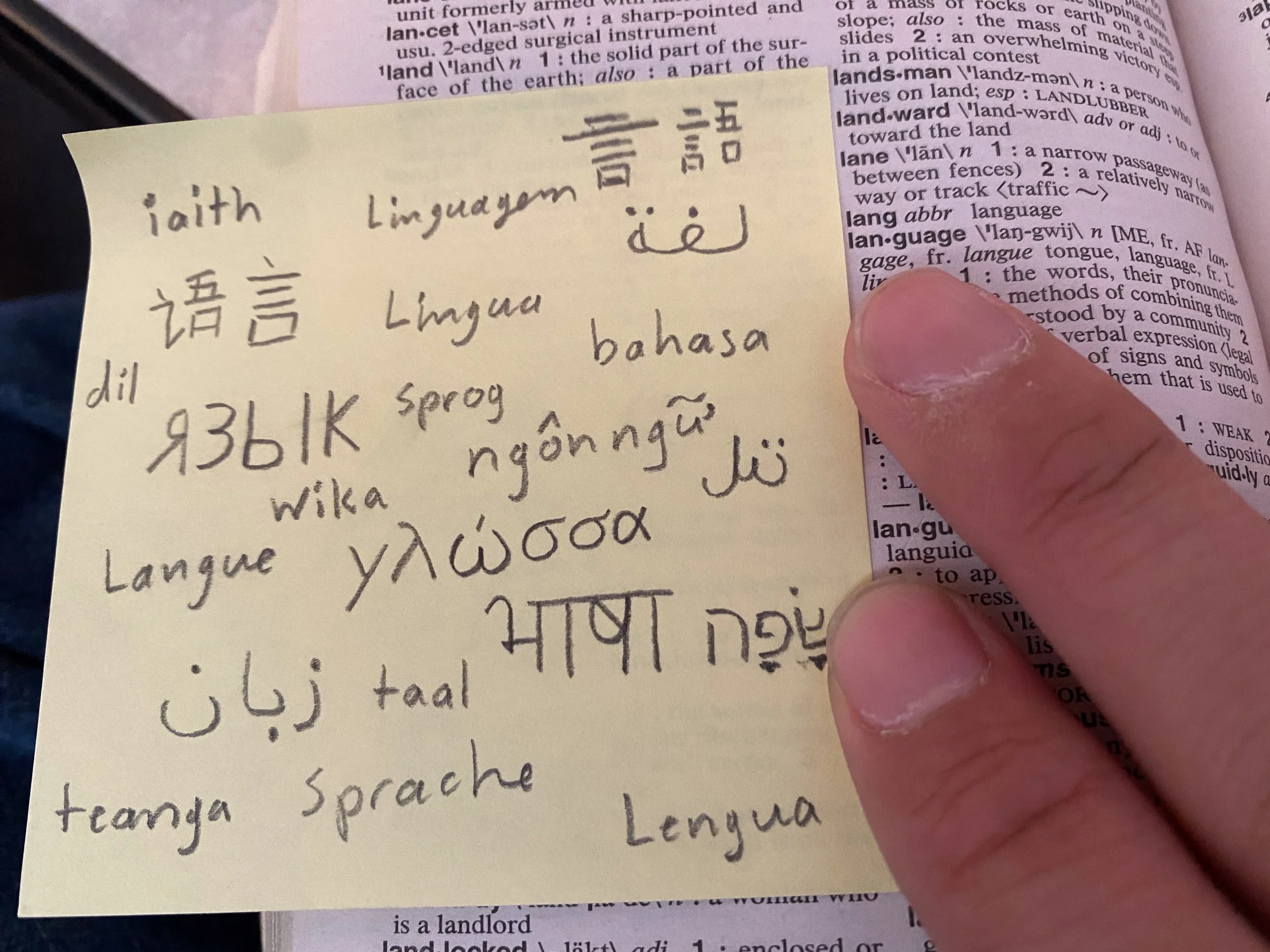Recipes of the melting pot: Carrillo’s many languages
Examples of the many languages on Carrillo campus (Ryan Win-Rua/The Puma Prensa)
By Ryan Win-Ruan, staff writer
Language. A word with many names and descriptions, and yet the concept of it is quite universal. But, with so many languages in the world, it can be hard to keep track of them all, even locally, since the U.S. is home to several large ethnic communities, many of which have their own individual languages.
In fact, in Maria Carrillo High School alone there is quite the linguistic variety from its students and staff. The school itself offers four-year French and Spanish language courses, and has a large number of students who speak them fluently.
In addition to French and Spanish, a good portion of MCHS students speak various other languages, such as Mandarin, Arabic, Japanese, and Hebrew, all of which have formed various small communities within the school itself.
Some people, such as Sophie Weissenborn, the Newcomer Academic Language Development (ALD) teacher at Maria Carrillo, speak a variety of languages, including English, French, and Spanish. She teaches students who have lived in the US for less than a year, and believes that being bilingual is “one of the most important ways that you can be a good member of our society,” and that “the ability to communicate with others in a different language can instill empathy for other people.”
Weissenborn is a strong proponent of both learning and teaching languages, calling it “the most beautiful experience that [she has] ever been a part of.” She is eager to teach her students about foreign cultures and languages, but sometimes finds it hard to encourage students to integrate themselves into their new community, an issue which she is working hard to fix.
Others, like freshman Renato Cortes, an Spanish speaking ALD student, also appreciates the value of learning multiple languages. He is currently learning English in Weissenborn’s class, and has expressed a desire to learn other languages like Italian and Portuguese, since he finds them interesting to listen to. Additionally, Cortes enjoys the language learning process itself, saying that some of his fellow classmates, some of whom speak languages like Fijian and Khmer (pronounced kuh-mai), will occasionally share their own languages with him, and he’s learned how to understand bits of Khmer using context clues and the aid of friends.
Although Cortes mentioned some of the difficulties that he faces in his classes as a non-native English speaker, like the proper pronunciation of certain words and letters, he is enthusiastic about learning English, and is looking forward to the prospect of becoming fully bilingual.
Both Weissenborn and Cortes have spoken about their wishes to incorporate American Sign Language, or ASL, into Carrillo’s language programs, with Weissenborn stating that “it’s a beautiful language”. She also occasionally uses it to help teach other languages as well, since “ if you have a motion to go with a word, it helps you to remember it.” As Weissenborn says, “ it’s very cool to learn about the deaf community and their culture and the history of the language.”
In fact, the California education system is more helpful than most when it comes to learning another language, requiring high school students to take at least two years of a language other than English in order to graduate. In fact, California has the fifth highest percentage of bilingual speakers per state, with about 46% of all Californians being able to speak at least two languages. This has helped to preserve California’s incredibly ethnically diverse population, and reinforces the fact that knowing a second language is an incredibly useful skill for all people to have.
MCHS’s linguistically diverse community of both students and staff is a valuable asset to the high school’s community, providing for a variety of cultural and social experiences, and allowing for an interaction between members of different ethnic communities in circumstances that would often not be seen elsewhere.
According to Weissenborn, acquiring the skill of speaking other languages is “absolutely important; our country is multilingual, our world is multilingual.”

